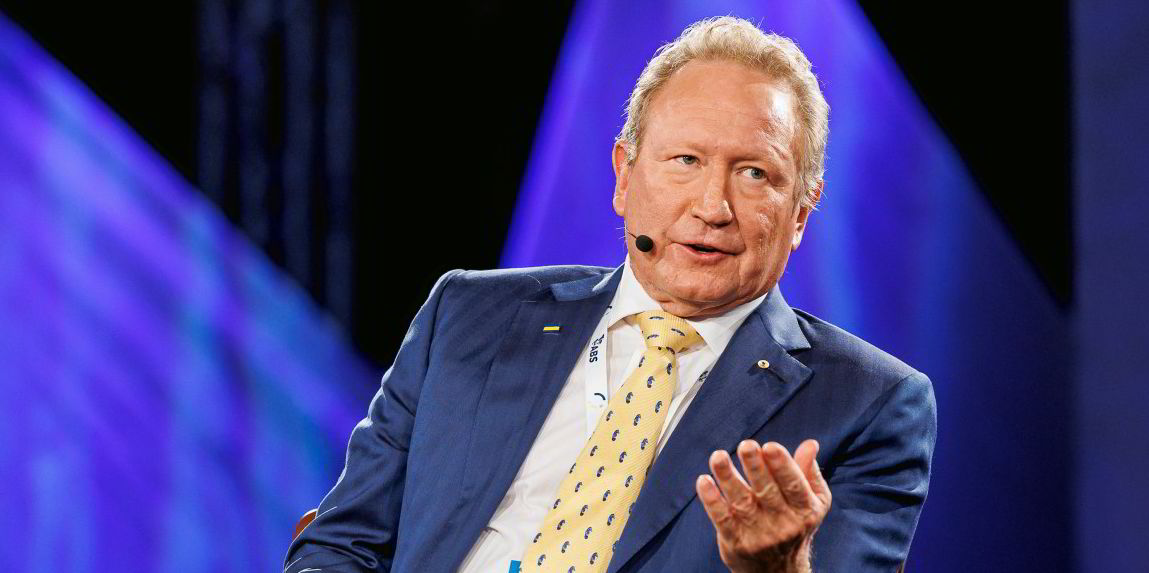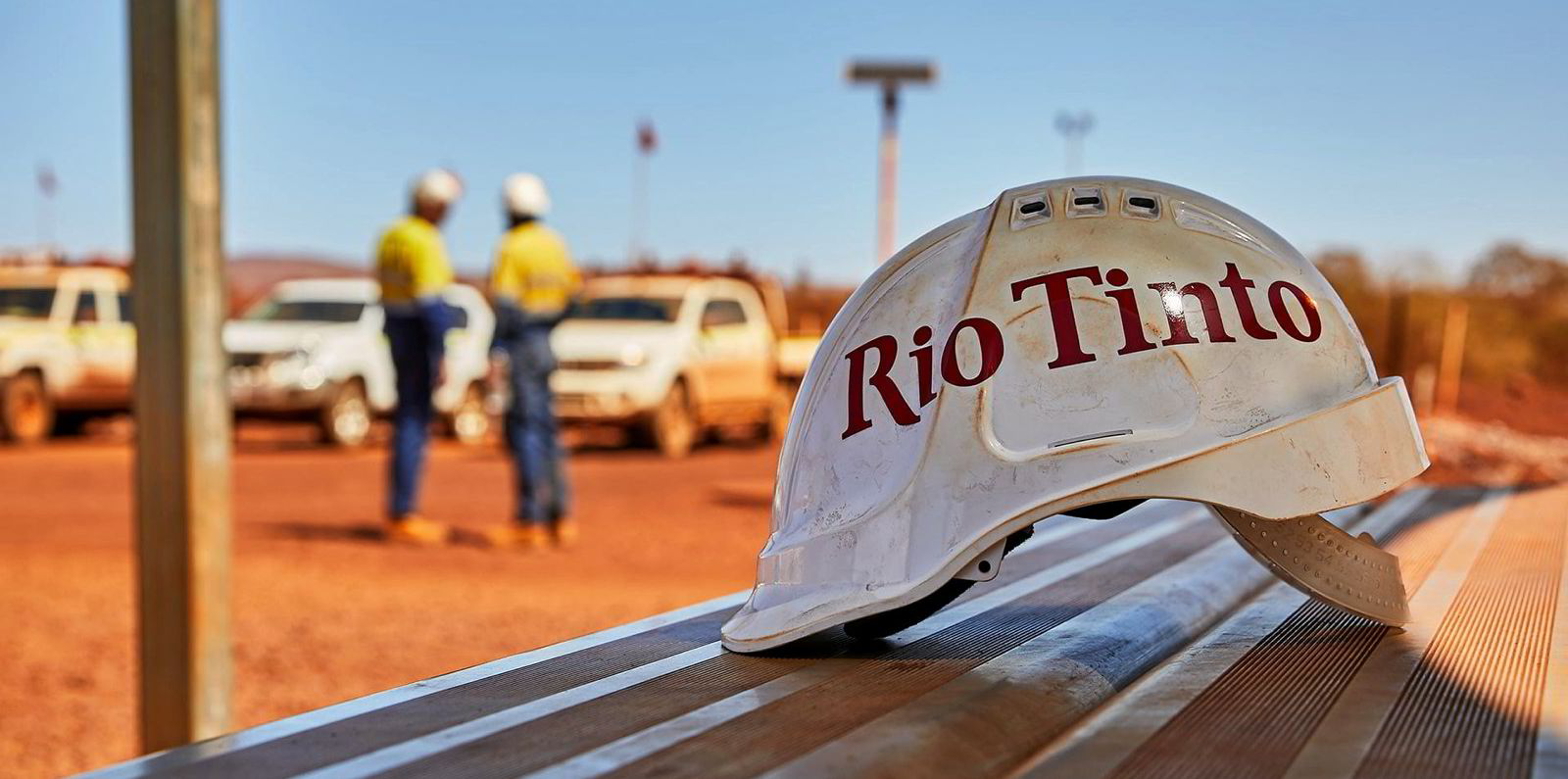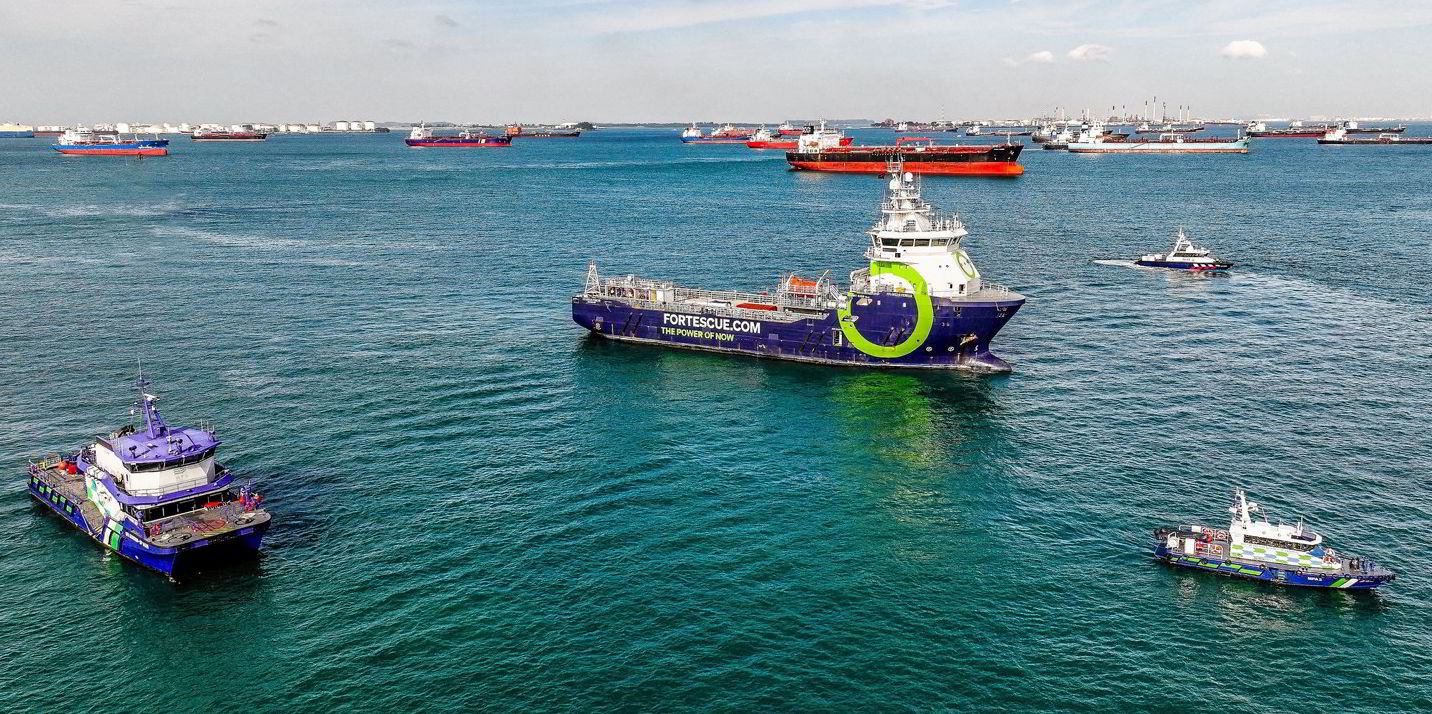A second Australian iron ore mining giant has reported weaker export figures for the first three months of 2024.
Fortescue, the world’s fourth-largest iron ore miner, exported 43.3m tonnes in its third quarter, down 6% year on year due to an ore car derailment in December and weather disruptions.
However, the Perth-based company said shipments recovered during the quarter, with a record month of 18.7m tonnes in March.
It expects full-year iron ore shipments to be at the lower end of its guidance of between 192m and 197m tonnes.
Earlier this month, fellow Australian miner Rio Tinto reported a 10% decline in first-quarter iron ore shipments. It exported 78m tonnes from its mines in the Pilbara region of Western Australia.
Bimco has just reported that global iron ore shipments rose 3.8% year on year in the first quarter of the year on the expectation of strong Chinese steel production.
“While iron ore shipments could slow down, we still expect them to grow 1% to 2% in 2024, benefiting from a 1.7% increase in global steel demand as forecast by the World Steel Association,” said Bimco shipping analyst Filipe Gouveia.
However, the shipowners’ group said there will be no meaningful growth in the iron ore trade unless there is a major recovery in Chinese steel production, driven by stronger domestic demand or higher exports.
“Iron ore supply has grown faster than Chinese demand, which could lead to weaker shipments ahead,” said Gouveia.
On Tuesday, Clarksons Securities said the capesize market faced a challenging start to the week, with freight rates declining by 9%, culminating in a 13% drop since last Friday to $20,400 per day.
“Broker reports highlight a notably slow week in both basins, contrasting sharply with the heightened shipping activity observed last week,” analysts Frode Morkedal and Even Kolsgaard said.
“Notably, iron ore shipments saw a 16% week-over-week increase, driven by significant rebounds in exports from Australia and Brazil.”
Led by billionaire Andrew Forrest, Fortescue has been making headlines for its string of deals designed to make it a major producer of clean fuels, particularly green hydrogen.
Last month, the company completed the world’s first use of ammonia as a marine fuel on board the Singapore-flagged, ammonia-powered 2,874-gt FFI Green Pioneer (built 2010).
The three tonnes of liquid ammonia used for the trial was supplied by Vopak using its infrastructure at the 10,000-cbm Vopak Banyan Terminal on Singapore’s Jurong Island.






